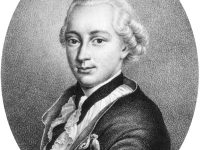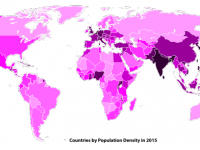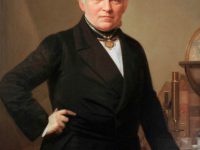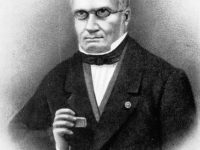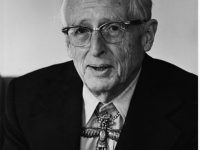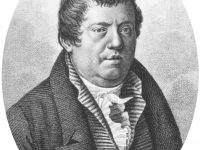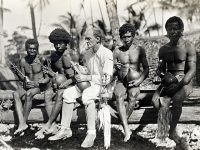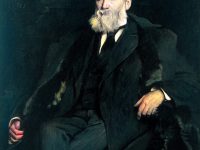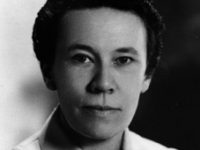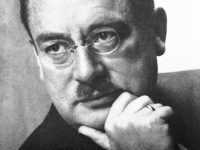Johann Gottlieb Kölreuter and the Study of Plant Fertilization
On April 27, 1733, German botanist Joseph Gottlieb Kölreuter was born. Kölreuter was a German botanist who pioneered the study of plant fertilization, hybridization and was the first to detect self-incompatibility. He was an observer as well as a rigorous experimenter who used careful crossing experiments although he did not inquire into the nature of heritability. Joseph Gottlieb Kölreuter – Early Years Joseph Gottlieb Kölreuter was the son of an apothecary in…
Read more

